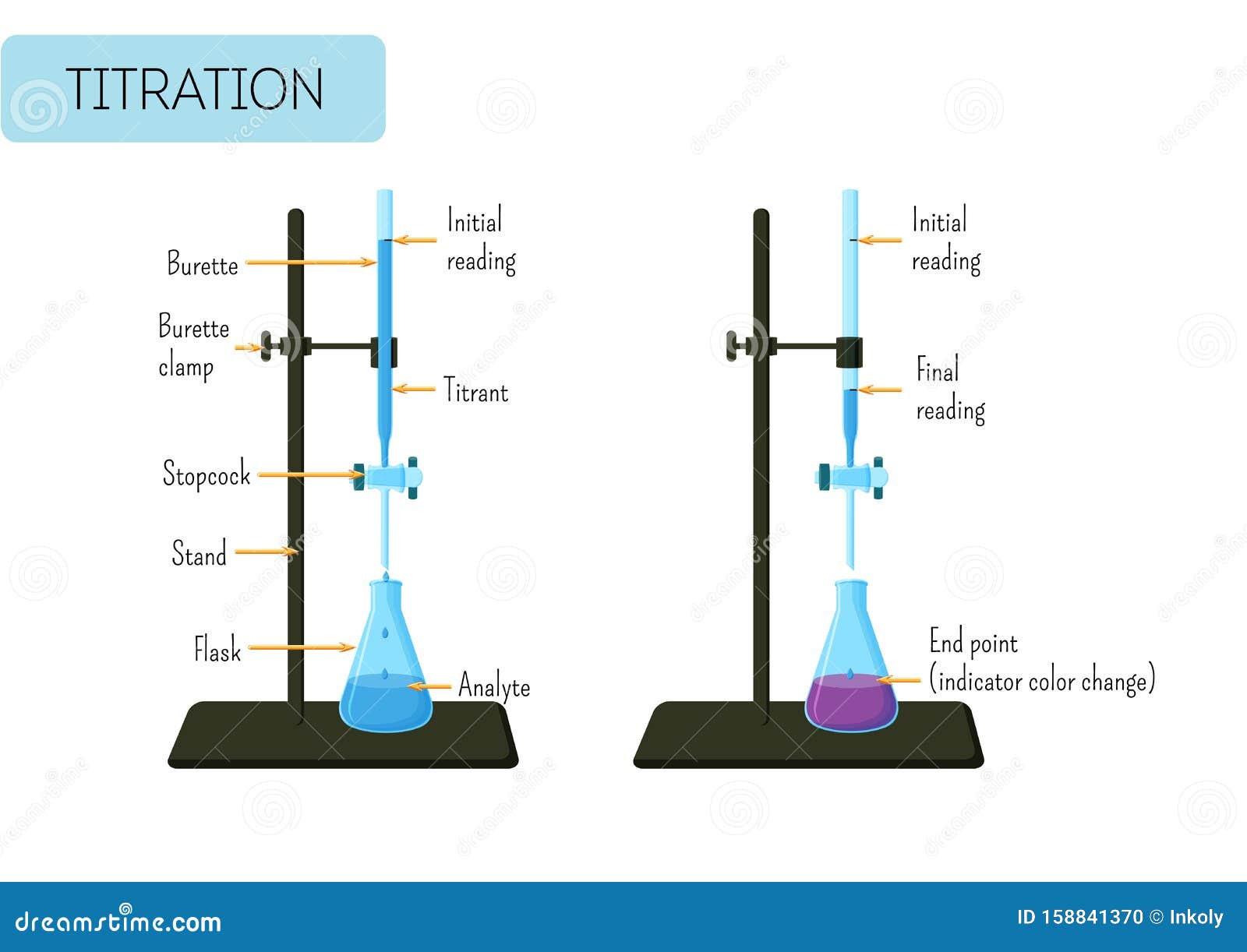

It is also very easy to grip with hands or tongs. It is a great safety feature as it protects your analysts from the chemical exposure risk that comes with most open containers. It can easily mix and travel up the sides of the container without moving up through the neck. That cone shaped body is great for swirling the solution in. In these instances, having the top stopped is vital for thorough mixing and following procedure. Many analytical procedures require you to invert the flask or mix it with a stir bar on a stir plate. This allows you to safely transport, mix and view your solution without the risk of spilling or contamination. By plugging the flask, the solution inside is unable to escape. This makes it perfect for fitting with a cork or plug. The Narrow MouthĪtop a cylindrical neck, the mouth of a flask is usually fairly narrow. There are numerous benefits to using a flask in your chemical process. It has an iconic cone shape and is most commonly made of glass. What is a Flask?Ī flask is an extremely versatile piece of glassware that has been developed to assist to multiple laboratory practices. The wide mouth of a beaker leaves the liquid contents inside much more susceptible to evaporation. This means you should only use the markings for general measuring purposes and nothing that needs to be too precise.

Measuring volume by the increments on the beaker just isn’t that accurate and can make your measurement off by 5% or more. Though this means there are some downsides when associated with more complex measurements and solutions.

Cons Using a Beakerīeakers are a general laboratory tool that can help assist in a variety of procedures. This allows the standards to be kept safe while being brought to temperature or thoroughly mixed for use.

Many analysts place chilled standards in a beaker that is submerged in a hot water bath or sonicator. The biggest beakers can even measure and store volumes of up to 20L. High volume beakers are generally used in oil extraction and large batch manufacturing. Tall and Low Varietiesĭepending on your laboratory process you may find that a tall beaker or low beaker will be easier for your needs. It allows the entire liquid volume to be transferred safely to a new container. The liquid will flow through the spout and not spill over the sides. Pouring Spoutīeakers have a spout that makes pouring solutions much easier. The beaker is great for holding a variety of volumes and assisting chemical procedures like heating, stirring, mixing, and basic measuring. Beakers are such an essential piece of laboratory glassware, they even make a beaker coffee mug for all of us lab enthusiasts. What is a Beaker?Ī beaker is a cylindrical piece of glassware that is marked with gradations that are used for measuring liquid volumes. Beakers and flasks are some of the most common laboratory pieces of laboratory equipment around. And its opaque walls make it perfect for viewing solutions in. It can tolerate high heat, making it vital in a number of analytical processes. Glassware is easily cleaned, making it great for reuse for long periods of time, which makes it a great investment for a laboratory. Scientific grade glassware is a staple found in nearly every laboratory.


 0 kommentar(er)
0 kommentar(er)
